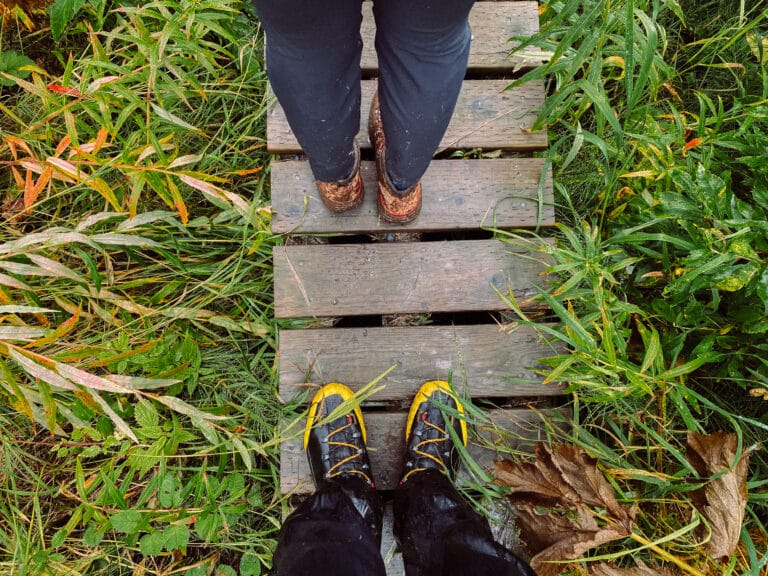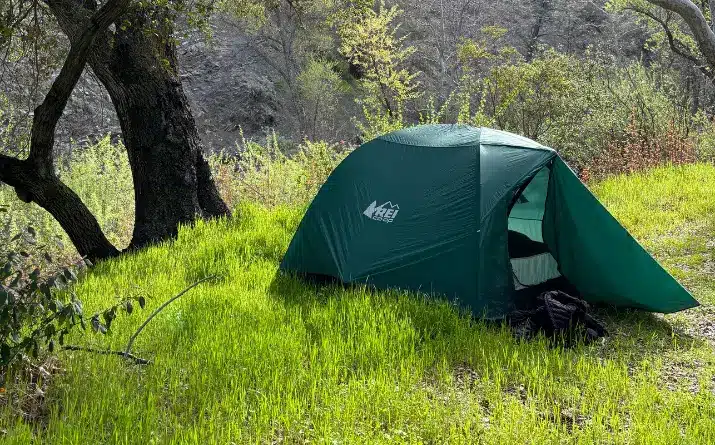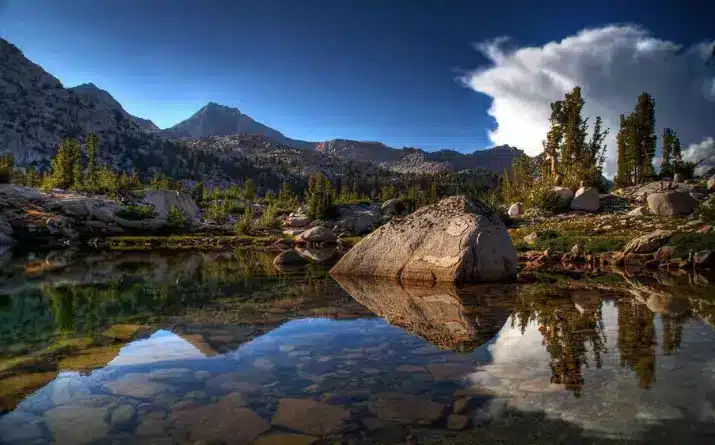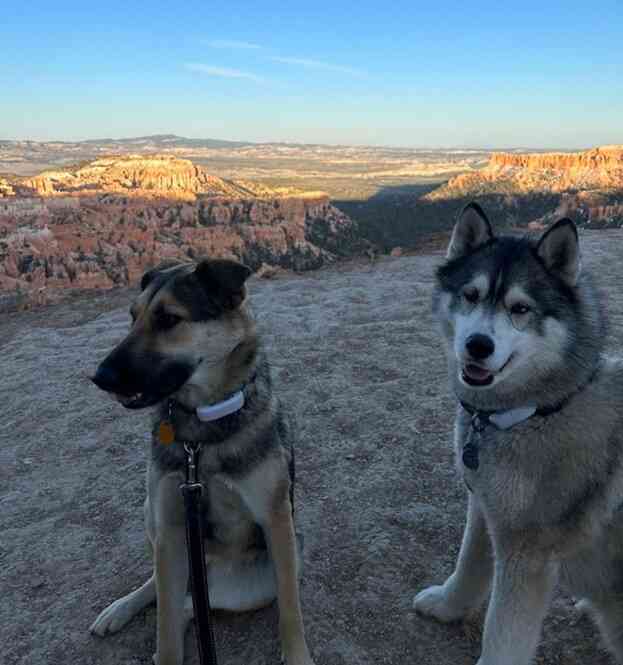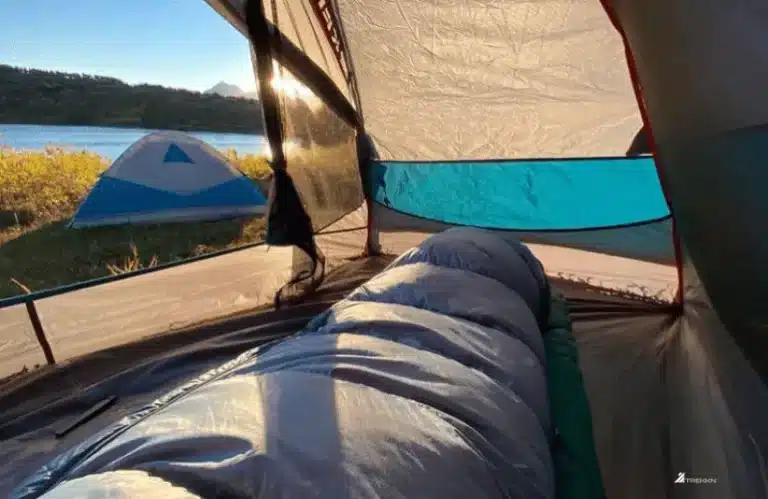My Best Tips for Solo Hikers and Weekend Campers
As someone who loves the outdoors, many of my weekends and holidays are spent camping and hiking. I often travel solo, which leads to lots of questions being asked about my safety. In fact, “How do you stay safe?” is the most frequently asked question. If you’re also wondering the same thing, you’re in luck. I reveal it all in this article as I aim to share my top tips for solo hikers and weekend campers.
From family members at holiday gatherings to strangers at the coffee shop, everyone wants to know what steps I take to stay safe on the trail.
As a solo hiker or camper, safety is always the first priority.
Safety is always a priority. And especially for outdoor enthusiasts like me who spend time in the wilderness without anyone there to back us up.
Whether you’re planning a solo camping trip for the first time or your 100th time, I believe these tips will be helpful to all outdoor enthusiasts.
If you’re a beginner, this is a great primer to prepare for your inaugural hike. If you’re an experienced hiker, perhaps you’ll enjoy a quick refresher on safety tips. I don’t want anyone to let their guard down. Also, you may want to add your own tips in the comments section below!
Well, I’ve learned a lot during the past eight years of hiking and traveling solo. This article includes my top tips for anyone who wants to get out for an adventure of their own (on their own).
5 Safety Tips for Solo Hiking and Weekend Camping
These are my five essential tips for hikers and campers based on 8 years of solo outdoor travel.
1. Trust Your Gut
The best safety tip I can give you is to always, ALWAYS, trust your gut. If you don’t feel comfortable hiking or camping where you’ve found yourself…it’s time to move on.
There’s no shame in hiking back to your car or packing up camp (no matter the time of day or night) if you don’t feel safe. I’ve left many campsites and stopped mid-hike on several occasions because something didn’t feel quite right. I didn’t feel it was safe for me to continue.
It’s so simple. When you get that feeling, it’s time to go.
2. Share Your Route With Someone You Trust
As someone in their late twenties roaming about in the wilderness by myself and my three dogs, it’s important that I always have someone waiting for me back home.
I have a short list of contacts who always know my whereabouts. It includes my mom, my best friend, and my sister. I always leave a note or send a text to the people I leave behind letting them know exactly where I am, where I’m headed, how I’ll get there, and the estimated time I’ll return.
This isn’t just a safety tip for you. Your loved ones are worried about you every time you step out the door and into the woods. They want to be ready to help if you need it.
Compact Satellite Communicators for Backcountry
I also have a Garmin InReach Mini that I take with me on every adventure. It’s a satellite communication device. It’s not cheap and I only considered buying one after I started going further and further out to the backcountry.
The Garmin is worth it. When I’m backpacking and hiking, it offers an additional layer of protection. I would be able to reach out to my loved ones if something happened and that helps me feel safe wherever I go.
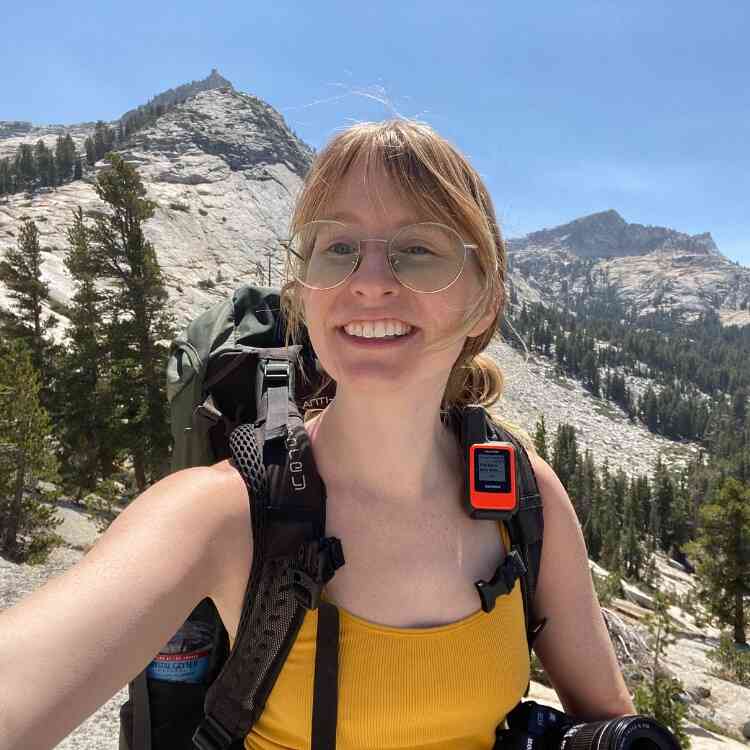
In addition, I can call for help if I do come across anyone else on the trail who needs aid.
Note: You do need an Iridium Network satellite subscription for the text messaging capability.
Light, compact satellite communicator is perfect for hikers and backcountry campers.
- Enables 2-way messaging and trigger SOS signal
- Up to 14 day battery life
3. Keep Valuables Out of Sight
As a seasoned camper and hiker, I don’t bring many valuables either on the trails or to campsites. The only exception is when I know I will be in or near my campervan most of the time.
I say that being well aware that most outdoor gear has become quite expensive these days. In fact, all gear may be considered valuable to certain people wandering along the trail.
Carry Only What You Need
In my opinion, it’s best to carry only what you need and keep the rest at home. When you’re solo, leave your expensive watch and cameras behind. That’s the best way you’ll know they won’t be lost or stolen when on the trail.
Even if you lock up your goodies inside your vehicle, take a moment to look into your truck from the outside. Ensure nothing is visible to anyone else who peers through the windows. Don’t just assume the odds are low that something will happen and stuff your bag behind the front seat. It takes less than a minute for someone to spot the bag, break the window and remove your belongings.
If you’re worried about theft, but must bring your phone, camera, or other items then keep those valuables on your person at all times. Don’t leave them at the campsite or in a tent.
Share Little to No Information
Another important tip is never declare how much stuff you have, where you’re going, or what you’re going for unless you know the person really well. Most people are just curious, but some are too curious. And sometimes, when you share additional information, it can spark unintended ideas or actions in the other person.
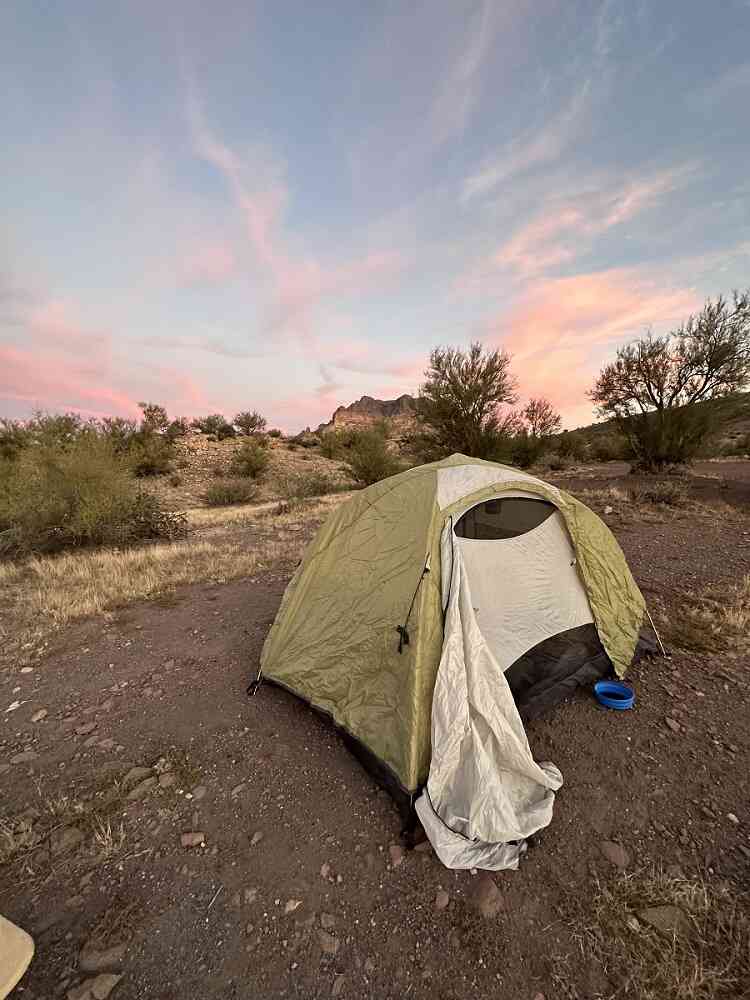
4. Only Carry Protection You’re Comfortable Using
Some people do ask me for advice regarding what type of protection to bring when alone in the outdoors. My rule of thumb is to only carry what you’re 100% comfortable handling.
If you’re not sure how to use a weapon or another form of protection, it’s best not to bring it with you. You do not want to cause yourself injury while using it. Nor do want to lose it in the hands of someone trying to do you harm.
It’s always best to do as much prevention as possible instead of relying on a form of protection. And that sets me up for a perfect segue into my next tip!
5. Planning is Key to Personal Safety
If you’re hiking or camping by yourself for the first time, planning is the best thing you can do to help keep yourself safe.
Do complete research on the area. Know the entry and exit points to the campsite, locations of water sources, wildlife, and any recent incidents in the surrounding areas.
Check reviews about the campsites or trails and stay up to date on the weather forecast.
Departure Checklist
Part of your planning process should include a checklist that includes items you may need if there is an emergency situation. The checklist should also cover things like confirming all batteries are charged (for Garmin, phone, headlamp, etc.) and to pack a water filter and appropriate spare batteries.
Prepare Backup Plans
It’s always good to have a backup plan, too. If you get to the trailhead or campsite and it’s too busy or washed out, make sure you have a plan B and a plan C. I tend to have 2-3 backup plans because you never know what might happen or what recent weather conditions have done to the area.
Imagine arriving and the trailhead is washed out from rain or a rock slide. Or if you reach your intended campsite and the neighboring camps are crowded with people who love loud music until after midnight. If you’re someone who prefers a serene morning hike, it can be stressful to decide on a new campsite at the last minute. With a backup plan, you’ll know exactly where to go.
Be prepared and you’ll run into fewer problems. I generally encounter the most problems outdoors when I spontaneously jump in the car and head out. If I don’t do my due diligence, I’m susceptible to disappointment upon arrival.
So be sure you plan ahead to set your expectations. Then stay resilient and be prepared to adjust if needed. That will allow you to continue your beautiful adventure.
Tips for How to Plan Your Solo Outdoor Adventure
1. Checklists are Your Friends
Since we just talked about preparing to stay safe, it’s time to talk about how to prepare for your outdoor trip. One of my favorite things to do every time I go outside is to check my handy checklists!
I have a checklist for just about every activity that we do on a regular basis, as most outdoor activities require some gear you don’t want to leave behind. I have a checklist for hiking, camping, backpacking, paddleboarding/rafting, and more that I’ve tweaked over the years as I’ve added more gear to my arsenal and as I’ve added two more dogs to our pack.
Here’s one of my checklists that I used for a two day camping trip with me and my pups! Feel free to print it out for your next camping adventure. There are blank rows for additional items, if needed.
2. Always Pack More Food and Water Than You Need
When you’re in an emergency situation or find yourself hunkered down due to weather conditions, it’s always better to have more water and food than not enough. I always pack double what I’m anticipating I’ll use for every trip (hiking or camping) to ensure that my dogs and I don’t run out of the necessities if something happens.
3. Download Trail Map and Map of the Area
Download your trail map or map of the area. I recommend AllTrails or Google Maps.
Learn from my mistakes. It’s worth the few minutes it takes to download and print a trail map as well as a general map of your destination. Having a hard copy may seem so old school. But it’s a sure thing and may be just what you need. Imagine a scenario when you’ve step outside cell range or the batteries fail. Or yikes, what if that phone you’re relying on for information drops into the pristine river you’ve been admiring.
I have forgotten this step in the past and found myself needing to drive all the way back into a service zone just to get the coordinates of my backup plan campsite. Not fun.
I’d much rather slide a print out of the map from my daypack and be on my way. Trust me, it saves a lot of time and headache. And if you don’t need it, you won’t even notice it’s in your sack. Or maybe it’s a helpful little fire starter when you setup camp.
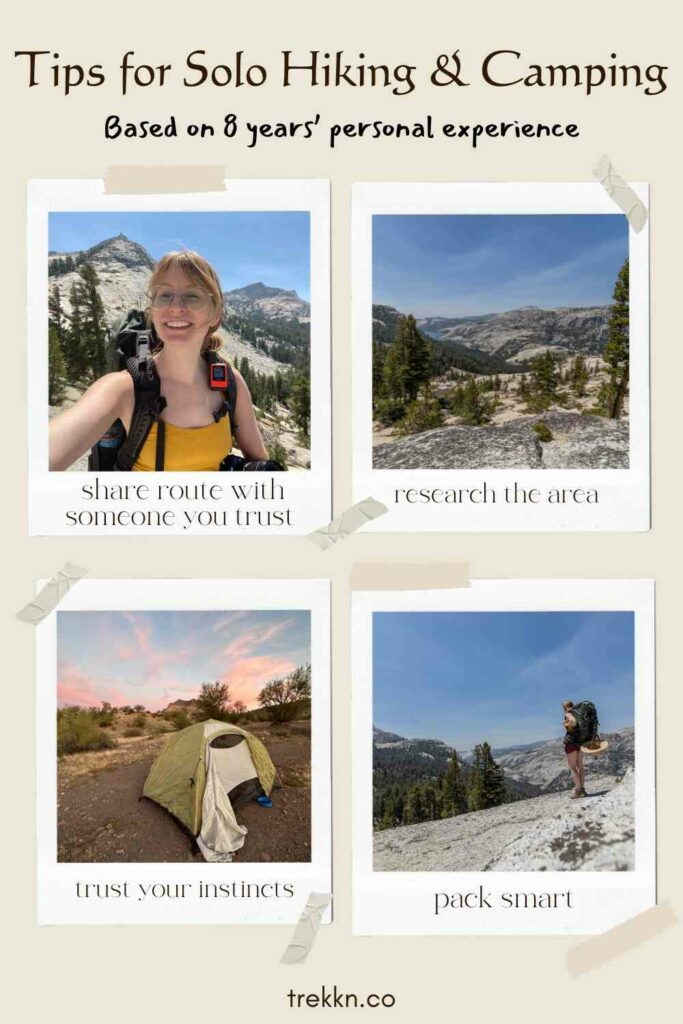
Tips for How to Prepare for your Solo Hike
Start Small and Build Your Outdoor Experience
It’s better to start with local hikes in your area (in the city or just outside the city) before you branch out to other areas. You’ll want to get an idea of what elevation, climate, etc. you can handle before you leap into new hikes elsewhere.
Practice Using Your New Gear Before Your Camping Trip
For camping, it’s best to learn how to set up your gear by yourself. For some of us, we’ve only camped or hiked with others before which is a different experience and requires less of our mental and physical capacity than when we’re outdoors and alone.
Take your tent, camp stove, InReach, whatever it is, and practice how to use it at home. You should know how to set up and use these items in your sleep by the time you decide to go backpacking or backcountry camping many miles into the wilderness.
It’s important to know these things and not leave it up to chance for your best success (and less frustration) when you go out by yourself.
Self-Reflection and Understanding
Know Yourself and What You Can Handle
Solo camping and hiking is one of the most freeing feelings in the world, but it’s not for everyone. You have to know yourself and what you can handle. I love solo camping and hiking because there’s a level of silence waiting for me.
It’s so calming. Many – maybe most – people have never had the opportunity to experience such solitude. But, there are times when things get too quiet, you run into wildlife, or you have to figure things out on the fly.
Explore Alternatives to Backcountry
If you’re wanting a peaceful and uneventful experience, solo hiking and camping far into the wilderness might not be for you, and that’s okay! Camping and hiking in the city or on the outskirts can be just as fun.
It will offer you the chance to learn while exploring closer to civilization. You will still encounter the great outdoors, the solitude, beautiful views, and the experience of holding your own out there.
Get Out and Explore on Your Own!
Despite these being the tried and true tips I’ve used over the years, don’t get too bogged down with any one tip. (Wait, isn’t that yet another tip?) When it comes time to have the best solo experience outdoors, simply plan, prepare, and be aware.
Getting out there is what matters. If you’re not yet ready for a solo adventure, invite some friends and enjoy the experience together. Learn together. It won’t be long until you understand what nature offers and how to be prepared on your own.
Then, if you’re like me, your first hike will have you hooked and you’ll be planning your next adventure before reaching the end of the trail.
Be safe and happy camping!
Related Reading
You can right click on each of these checklists to download and save the file or print each page.
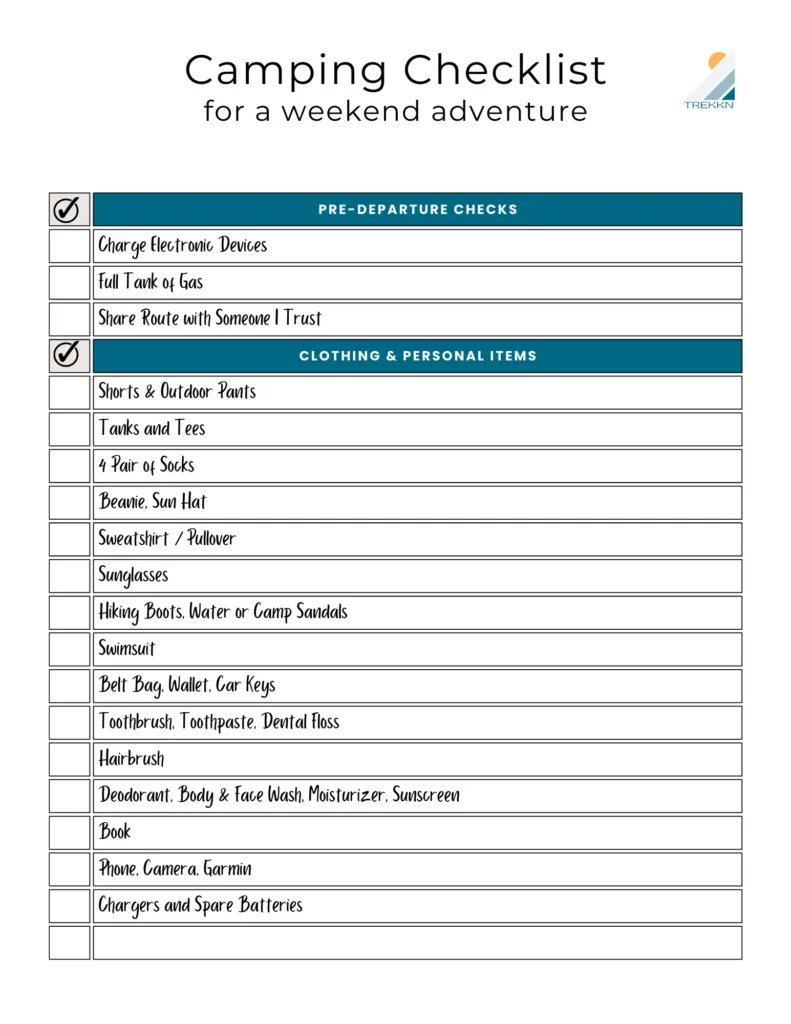
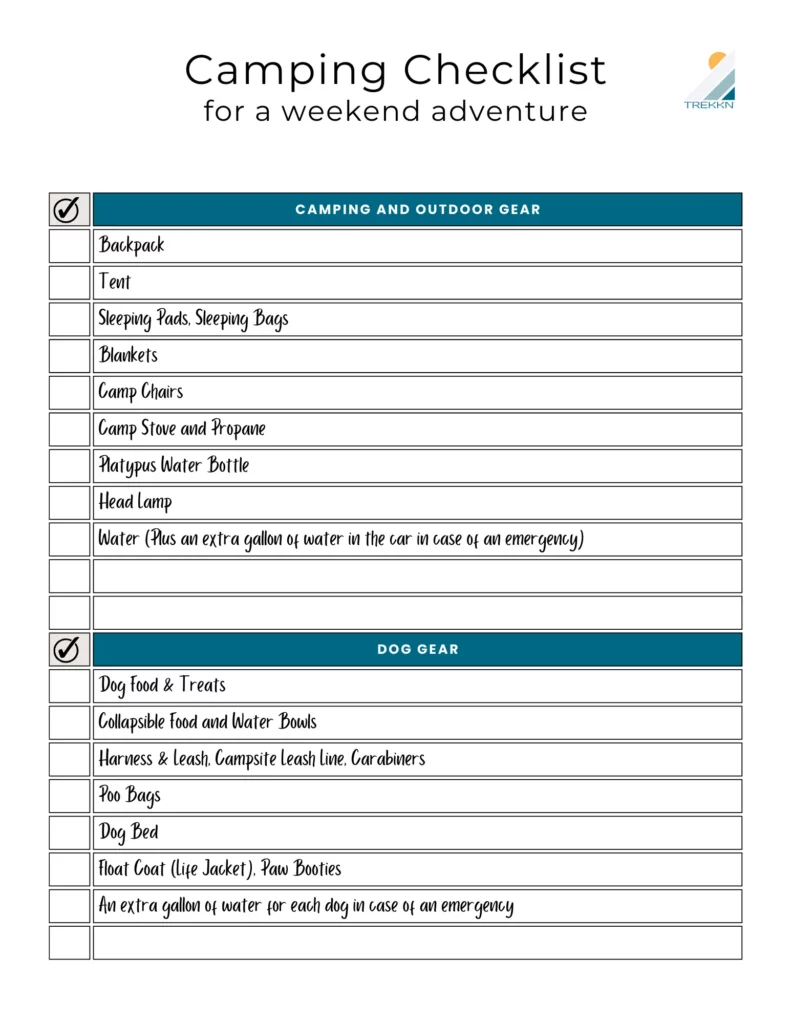
Protect yourself by learning to trust and act on your instincts.
Related Reading
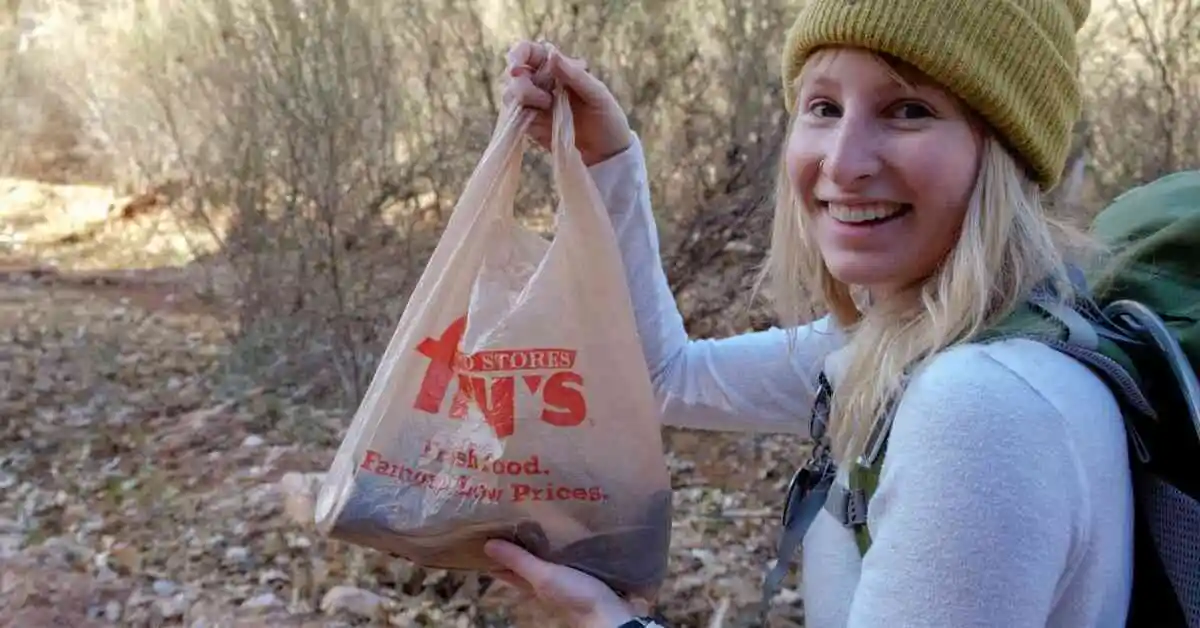
Erin is rooted in South Dakota, but wanders every chance she gets to see the beauty that nature holds. From hiking to climbing, there’s not an adventure she’ll turn down. After renovating her 1976 Airstream Argosy, Erin knows the ins and outs of living life on the road and trailer maintenance. Whether she’s on the road with her dog and partner or at home curled up with a good book, Erin is always planning her next adventure because life is meant to be lived outdoors.





